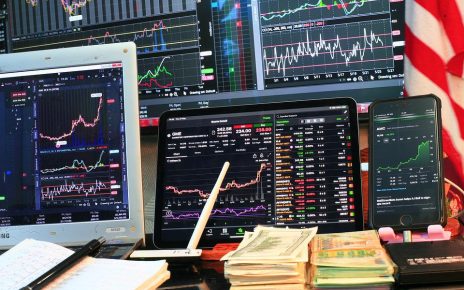- The US dollar index sank 0.46% to a seven-month low against a basket of currencies.
- Investors speculate that the Fed may be nearing the conclusion of its rate-hike cycle.
- There’s anticipation that the BOJ will change its ultra-loose policy.
The dollar dropped to a seven-month low against key peers on Monday, allowing most currency futures prices to maintain the inflation rise from the previous week.
Australian dollar futures broke through the important $0.7000 mark for the first time since August, and it most recently increased by 0.54% to $0.7013 after reaching a high of $0.7019 earlier in the session.
The US dollar index sank 0.46% to a seven-month low against a basket of currencies, continuing the previous week’s decline as data revealed that US consumer prices dropped.
Investors are now speculating that the Fed may be nearing the conclusion of its rate-hike cycle and that rates might not go as high as previously feared. This is because the largest economy in the world is showing signs of cooling decades-high inflation.
Last year, the Fed’s rapid rate hikes were a big factor in the 8% increase in the dollar value.
When the Fed announces its policy decision in February, the markets are placing a 91% chance that the rate will go up by 25 basis points and a 9% possibility that it will go up by 50 bps.
On Monday, the Japanese yen reached a high not seen in more than seven months as the market mood was driven by anticipation that the BOJ would either completely abandon its yield control strategy or make additional adjustments when it delivered its monetary policy decision on Wednesday.
The yen went up by more than 0.4% to 127.24 per dollar. Market pressure has been mounting on the BOJ to abandon its ultra-loose monetary policy, culminating in Japan’s benchmark 10-year government bond rate surpassing the new ceiling for two sessions. Traders see the yields pushing higher.
While most central banks actively pursue rate hikes worldwide, the BOJ is an outlier in holding onto stimulus. Signs of stickier inflation and a potential increase in Japan’s largely stagnant wages have encouraged some investors to challenge the bank’s policy.
However, most domestic analysts believe that no significant change will occur until Haruhiko Kuroda, the current BOJ governor and the architect of Japan’s super-stimulus program, steps down at the end of March.





